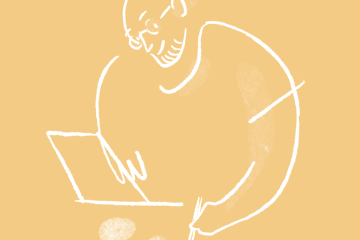This article was written in the course of a guest contribution for blogs.harvard.edu. We summarised the most important points for you to find out which learning type you are and how you can master your degree successfully.
As every student knows too well: Towards the end of a term, many exam dates and submission deadlines for essays and written assignments fall into a short period of time, some even clash. Often, important texts have to be read over and over again because the head does not want to play along. What’s more is that during exam times many students make use of so-called bulimia learning: The short-term memory is fed huge amounts of data just before an exam, only to forget everything again shortly after – to make space for the next test. If students think it was possible to save a huge amount of information in the long-term memory to make use of it in their later job, they’re wrong! Quite on the contrary, it’s not uncommon for students to finish a semester or even their degree with a feeling of “having learnt nothing.”
However, this does not have to be the case. There are different learning strategies which can help you to learn effectively and remember complex information after just a short time. Just as human brains differ, so does people’s ability to remember. For this reason, theory distinguishes between four learning types, which can each make use of individual strategies for time-efficient, sustainable learning.
Request a quote




